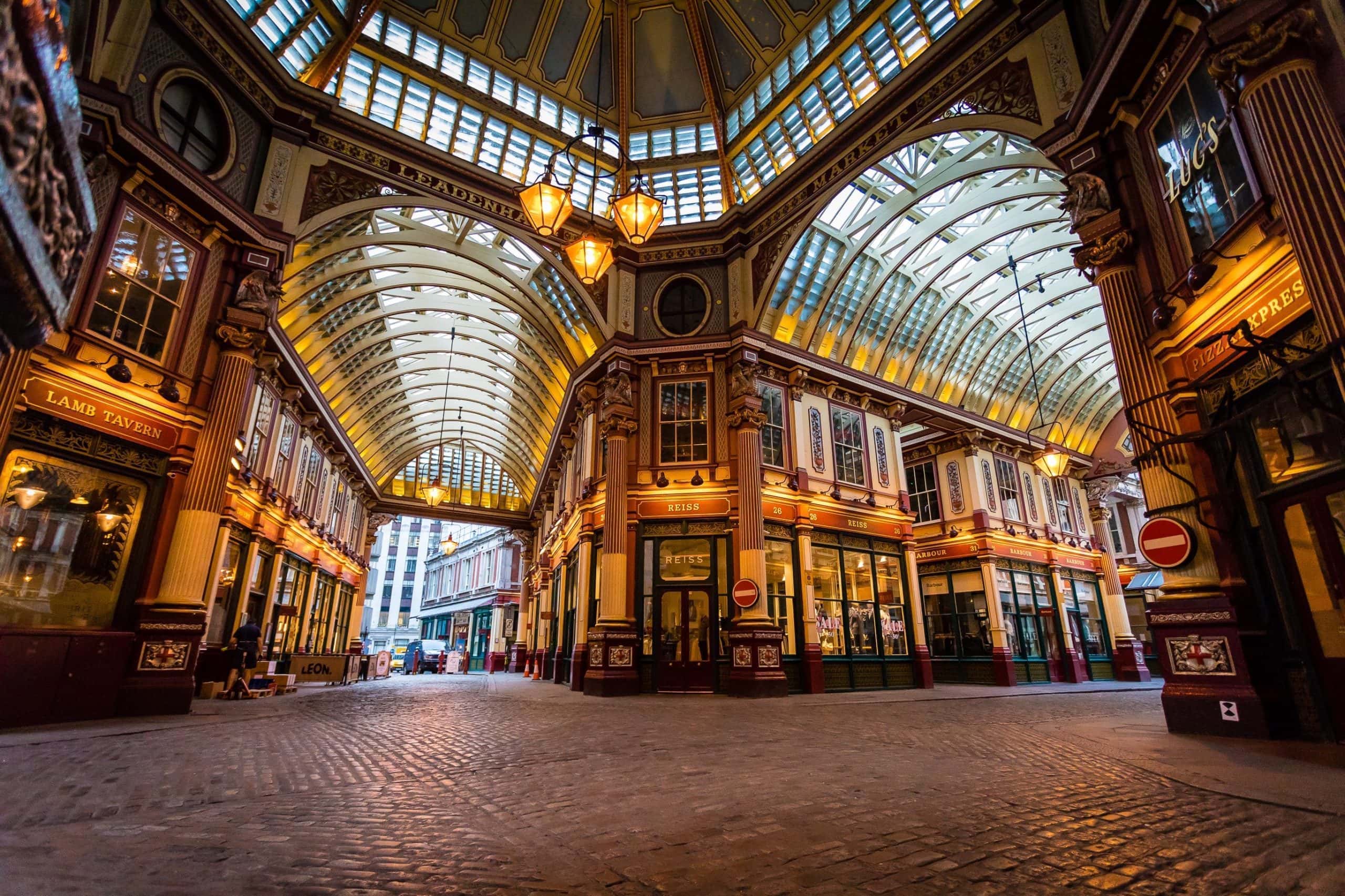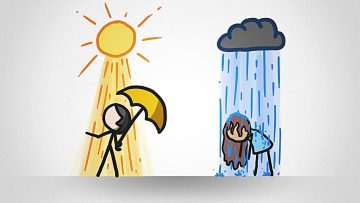

I write this article on Thursday 30th July which, according to a cursory Google search, is eight days into the fabled ‘dog days’ of summer. I’d assumed this well-worn compound noun had something to do with hot summer days and their consequent panting dogs but (again after a millisecond’s investigation) I found out it’s actually due to the presence during this time (approx. 22nd July to 22nd August) of Canis Majoris, the so-called Dog Star, in the night sky.
‘Dog days’ is a calque (a phrase or word taken literally from a foreign language) from the Latin dies caniculares. Other notable calques include ‘flea market’, from the French marché aux puces meaning ‘a market with fleas.’ After my twin discoveries, I propose the establishment of a new word, ‘miscalque’, which will herefor refer to calques that have been misinterpreted and, in the process, assumed an alternative meaning.
I’d assumed this well-worn compound noun had something to do with hot summer days and their consequent panting dogs
Now that we’ve cleared that one up – that the term ‘dog days’ isn’t attributable to the presence during summertime of overheated canines – we can proceed. Or maybe not. Because, besides the fact that London is rarely consistently hot enough to cause al fresco pooch meltdowns, there aren’t even the requisite stray dogs around to prove or disprove this.
If we take the phrase instead to mean the months when London’s streets empty of its residents then, this year, the dog days came early. At the peak of lockdown in April, central London was a ghost town. Around this time, the BBC’s Dan Jonson posted a video on Twitter showing his commute into Broadcasting House, sped up and set to the eerie sounds of Massive Attack’s Unfinished Symphony.
Filmed my drive in for the nightshift @BBCNews HQ and added some @MassiveAttackUK. Starts near Houses of Parliament – Whitehall – Trafalgar Sq – Picadilly Circus – Regent St pic.twitter.com/8niONtAdVw
— Dan Johnson (@DanJohnsonNews) April 4, 2020
We were encouraged to gawp at this alongside photo compilations showing a series of iconic international locations (Times Square, the Eiffel Tower, the Spanish Steps) without a human soul in sight. But, while these photos were undoubtedly arresting, the visuals themselves were not unique.
If you grew up in the 2000s, chances are you will have seen central London or New York or Paris devoid of people before. It seems the only thing that the disaster movies of that era got right (for now) was how few people there’d be around to witness the collapse of civilisation.
If you grew up in the 2000s, chances are you will have seen central London or New York or Paris devoid of people before
Yesterday, I cycled into town for the first time in about three months. Oxford Street is no longer empty but there were far fewer shoppers there than on a normal Wednesday afternoon, let alone one during the height of the tourist season. Claire Marie Healy, the editor of Dazed magazine, tweeted that the only people in central London at the moment are “construction workers and hot teens.” But a more accurate, though less funny, conclusion to be drawn is that the only people in central London right now are Londoners.
This is a phenomenon worthy of note because for at least the past decade, the city has been the most (or thereabouts) visited urban destination in the world. These billions of visitors have brought piles of money but also left a trail of cultural destruction in their wake.
ArrayYou don’t have to be some skull-headed bigot to bemoan the effects mass tourism has had on areas like Covent Garden, formerly home to a thriving fruit and veg market and then an arcade of independent shops, or Portobello Road, now little more than a street of indistinguishable tat shops selling indistinguishable tat.
That said, you need only listen to voices coming from Spain or Italy to realise how desirous populations are of mass tourism. You can roll your eyes at the homogenisation of London while accepting that foreign visitors are vital to hundreds of thousands of jobs here. These people, working in shops, markets, festivals and restaurants, usually keep the city abuzz during the long dog days. It wasn’t always that way. As a teenager I was transfixed by the idea of huge cities emptying out for the summer – the long shadows of the buildings, the darkened doorways.
…now little more than a street of indistinguishable tat shops selling indistinguishable tat
In France, Spain and Italy, big metropolises are turned over to tourists in August while their denizens flee to beaches, forests and hills. In London, this migration is less pronounced because the city doesn’t suffer the same blistering temperatures as its continental counterparts.
Part of my interest in an empty London derives from the opening passages of Erskine Childers’s Riddle of the Sands, a book I was obsessed with in my mid-teens. In it the narrator, an upper-class young man making his way up the rungs of the Foreign Office in the 1910s, describes a few weeks in which he is “doomed to the outer solitude of London in September.” Though he effects a melancholic tone, I was always beguiled by his adventures in the great abandoned wen. He attends “shady jaunts” and “low music-halls” alongside people (mostly poor) he would never usually have come across.

There’s a sense of solidarity that comes with sticking it out in dog day London. I felt something similar when I saw clapping families huddled on doorsteps during the height of lockdown, contrasting them with the flighty ghosts responsible for the enfilades of shuttered windows I witnessed on wealthier streets. In a June issue of the TLS, Joe Moran quoted Robert Byron as saying that all cities look the same at dawn, “that even Oxford Street is as beautiful in its desolation as Venice.”
Far be it from me to contest anything stated by arguably the greatest travel writer of all time, but after lockdown my love of empty London has gone. Lockdown has reignited my aesthetic appreciation of the place. But what good is a beautiful city without anyone around to enjoy it with? I miss the fun fairs, thronging streets and pubs spilling out onto pavements. I can’t wait until the dog days are gone.




